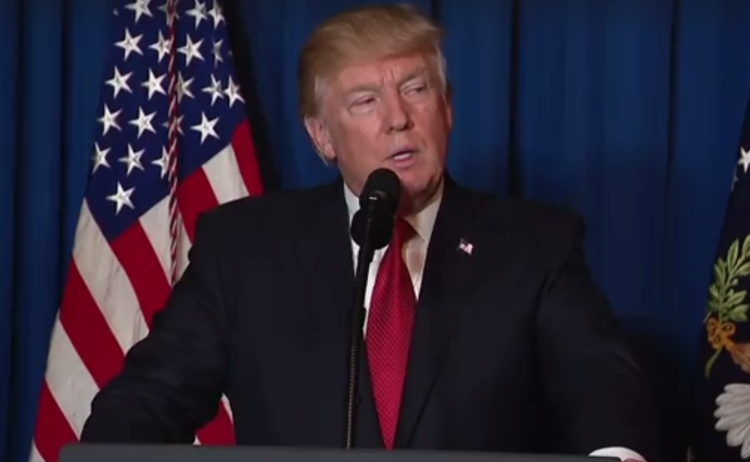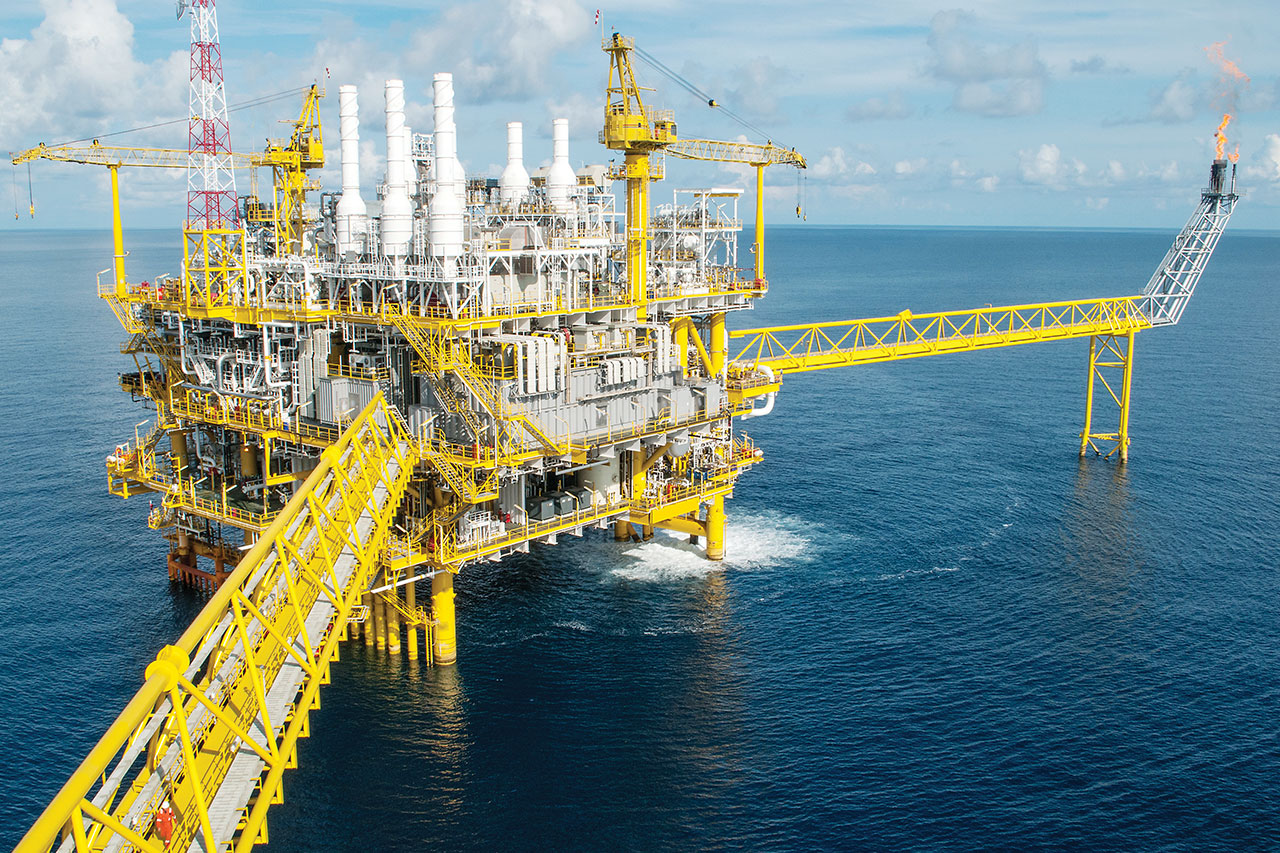
House impeaches President Donald Trump
December 18, 2019
Terrebonne Parish School District Announces Teachers, Principals of the Year
December 18, 2019The oil and gas industry globally in 2019 was ever-changing, and what’s ironic is that most of the things that caused prices to move up or down had little to do with oil.
Global politics, trade wars and economic ramifications in oil-producing nations dominated the headlines and also the price of crude in 2019.
Toward the back-end of the year, prices somewhat stabilized, hovering near $60/barrel when this magazine was sent to press in mid-December.
Today, with a year in the books and 2020 soon to begin, we track a couple storylines that will almost assuredly dictate the oil conversation in the next 12 months and beyond.
WHAT WILL OPEC DO WITH SUPPLY?
OPEC has worked tirelessly to cut the supply of oil in the past year — all in an effort to keep the price of oil stable.
Some member nations have participated. Others haven’t. To offset the gaps, Saudi Arabia has cut its supply significantly to try and make up for member nations that are not in compliance.
But there are talks and whispers coming out of the Middle East that in 2020, members nations are going to have to get in line or else Saudi Arabia will stop being the friendly neighbor working to keep peace.
If that balance is not restored and the Saudis follow through on that threat, the global supply of crude could rise significantly, which would impact the price.
The nation to look toward? Iran. They’ve been the country least willing to cut its supply.
Why? Again, global politics. Trade tensions and economic sanctions issued by the United States are at the root of the issue.
Russia is also a nation worth watching. So far, they have been compliant with supply cuts and have not been a problem. But they produce such a big piece of the global supply that any change with their policies in 2020 could see great change in the global supply and also the global price.
FRACKING A FAD OR A LONG-TERM OFFSHORE FOE?
The United States produces more oil now than it ever has before, which would seemingly be a great thing for the local economy.
But lately, it’s not been because a lot of the glut in oil has come from land drilling — a form of oil extraction that isn’t done locally, but is prominent in Texas and other areas of the country.
Local oil and gas experts concede that fracking has become big business — the reason being that it’s a less expensive way for companies to extract oil from the surface of the earth, which was seen as a way to raise profit margins.
But that is only in play when the oil is actually flowing.
Several studies have been done at some of the most prosperous fracking sites around the country and estimates have mostly revealed that production amounts have mostly failed to reach expectations, which has caused great questions about how long fracking will be the United States’ oil exploration king.
Port Fourchon Executive Director Chett Chiasson has said multiple times that he believes this is a fad, and that as shale plays fade out, the momentum will return to the deep waters of the Gulf of Mexico where supplies are seemingly endless and unable to be drained.
“We kind of always knew that shale and land was a flash in the pan,” Chiasson told us earlier this year. “It’s cheap to drill and achieve and get to that well and get to the oil, but it’s a big burst at first and then production fades pretty fast. As those numbers go down on land — like we’ve been seeing — the offshore sector is going to be critical to keep production up.”
INVESTMENT IN FOURCHON?
Global oil and gas powers must be seeing some of the same stats that Chiasson mentioned the previous bullet point, because even through the downturn, they’re still investing dollars into Fourchon and its future.
Chiasson said that though work was slower than normal in 2019, investment into the port was not.
Progress is continuing to be made on the proposed LNG Facility at the port — a facility that, when completed, will bring jobs to the area.
Work at the airport is also being done and is moving briskly and state funds were dedicated to help create the next phase of the La. 1 project to help the port during hurricane season and evacuation times.
That influx of money has Chiasson and others pleased with the future — even though the work may be somewhat slow right now.
“We have almost $2 billion in projects right now,” Chiasson said. “Yes, that’s billion with a B — in work. That’s just amazing for us. And that just reinforces to us that while sometimes times are tough, we’re headed in the right direction for the future.” •











